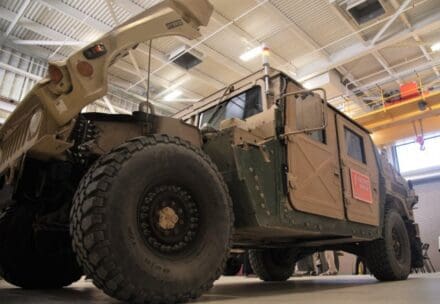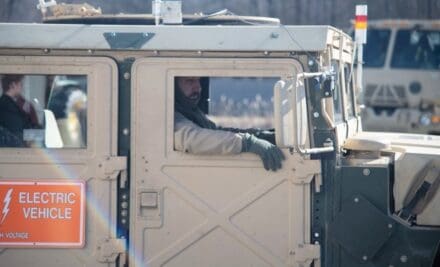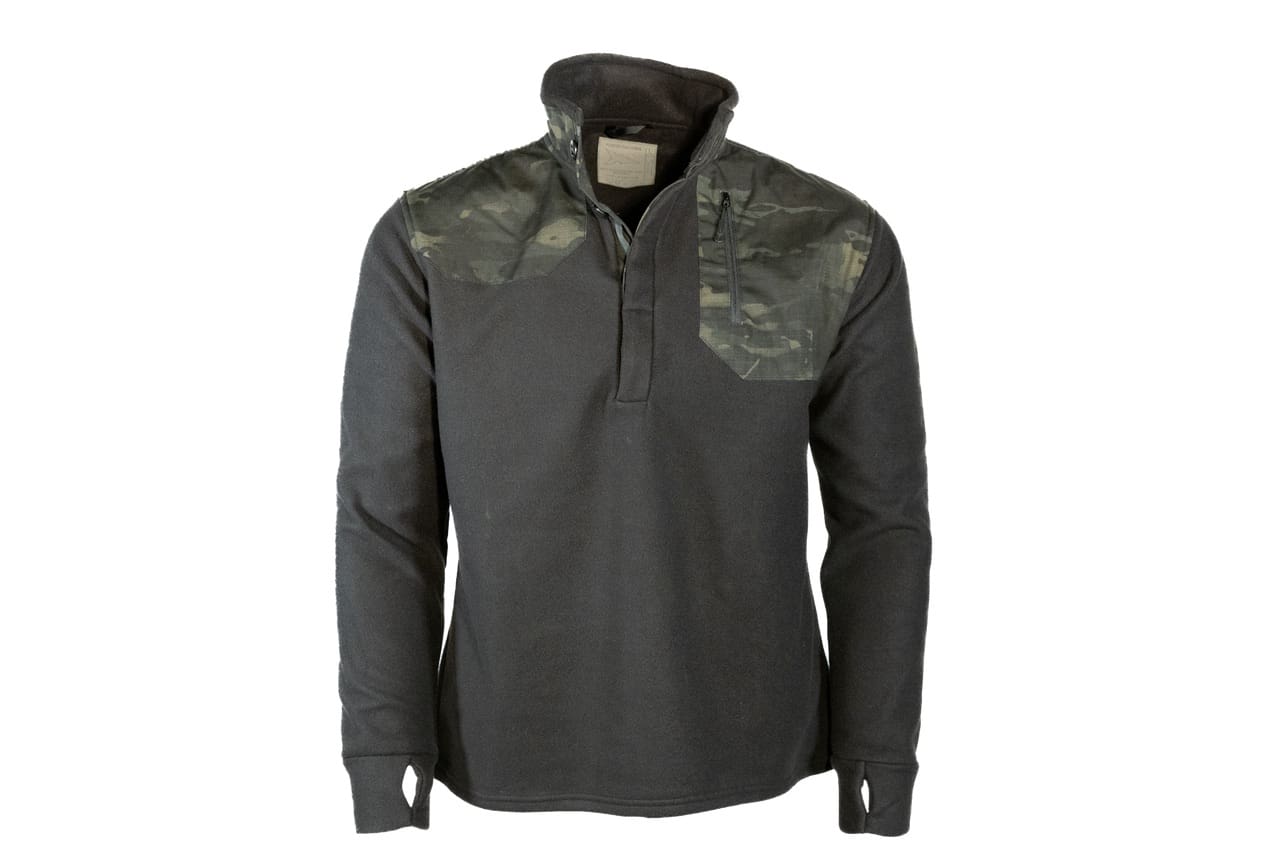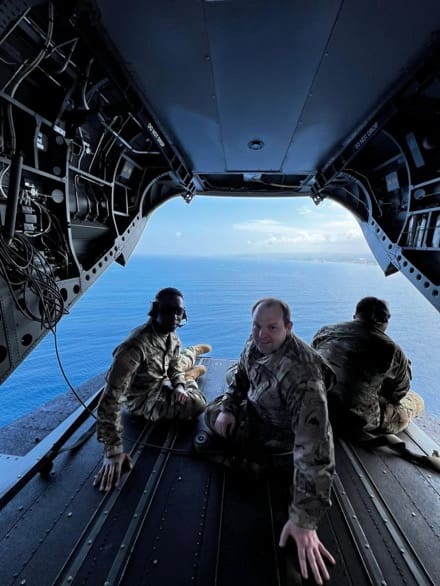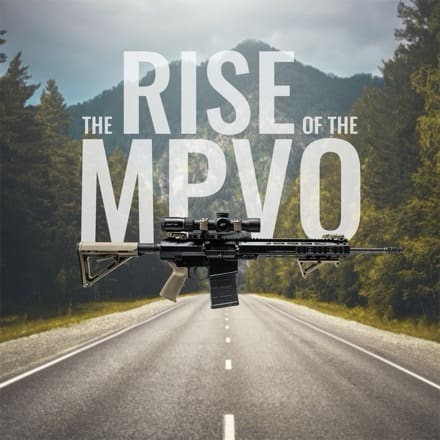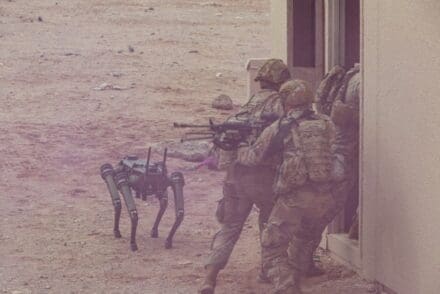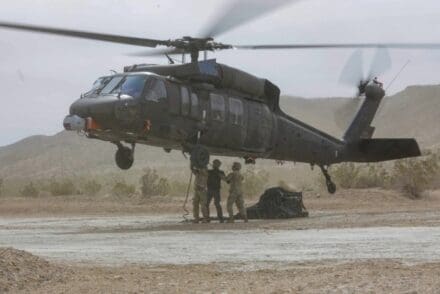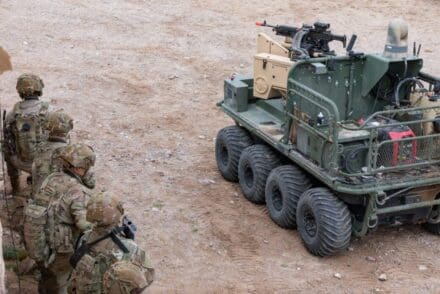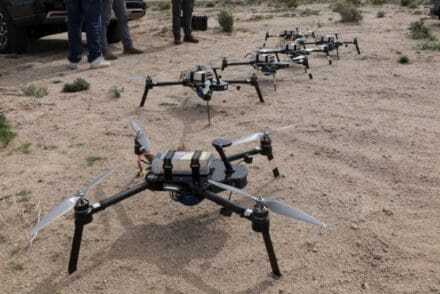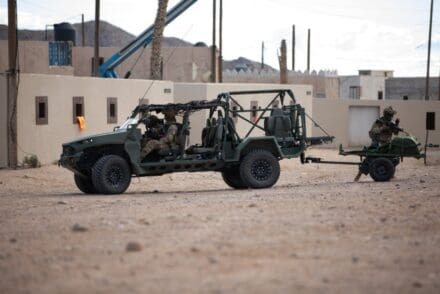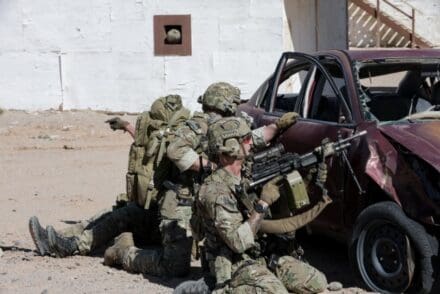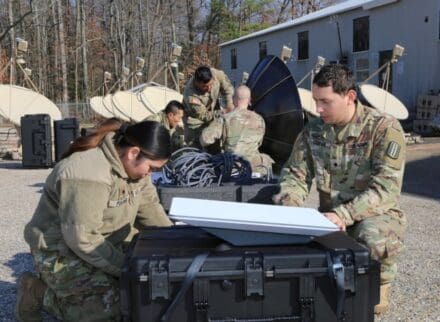
ABERDEEN PROVING GROUND, Md. — A new pilot will inform Army decisions on a lease-versus-buy business model for acquiring and delivering scalable commercial satellite communications to support unit readiness and unique missions in future large-scale combat operations.
To kick off the pilot — known as Satellite Communications (SATCOM) as a Managed Service, or SaaMS — the Army is fielding different bundled commercial equipment, bandwidth and service packages to units in several regional coverage areas around the globe.
Instead of the Army having to procure, field, sustain and modernize equipment on its own for every unit and every mission, SaaMS could enable the Army to lease these capabilities at the point of need. This business model would be scalable to expand or contract as missions change, helping to reduce on-hand inventory, satellite airtime and cost. SaaMS would ensure bandwidth is allocated at the right place and time to support data exchange in a wide variety of mission sets.
“In today’s dynamic [operational] environment, a SaaMS model could allow us to scale and adapt network connectivity seamlessly,” said Col. James Sullivan, commander, 11th Corps Signal Brigade, one of several units supporting the pilot. “We could easily increase or decrease bandwidth and services based on mission requirements, unlike fixed capacity with owned equipment. This flexibility is crucial for diverse missions across Europe, the Pacific or the Arctic.”
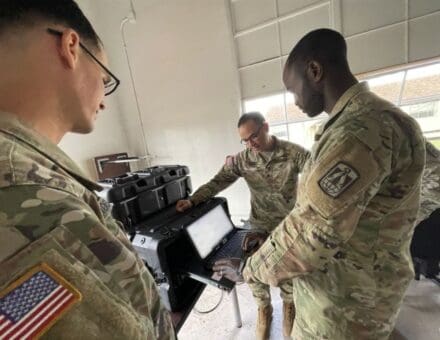
The Army will leverage the data and Soldier feedback from the pilot and other DOD efforts to make informed decisions on the implementation of SaaMS to meet the increasing demand for secure reliable satellite communications.
In line with the Army’s Unified Network Plan, a SaaMS model could help the service to more affordably keep up with the accelerating speed of technology advancement, while reducing, equipment obsolescence and other sustainment challenges. Solutions will be flexible and tailorable to meet the needs of specific mission sets and enable SATCOM connectivity and hardware to be surged for deployments or humanitarian assistance and disaster relief missions.
Sullivan added that instead of having fixed assets tied to specific locations, SaaMS could allow units to more freely allocate resources globally as needed.
“Imagine seamlessly shifting resources from a quiet Pacific base to a suddenly active European theater,” Sullivan said.
The SaaMS Pilot encompasses commercial capability in both low Earth orbit and the traditional geosynchronous Earth orbit constellations. Leveraging SaaMS’ multi-vendor, multi-orbit SATCOM capability could fuel the Army’s efforts to enhance network resiliency through transport diversity, especially in denied, degraded, intermittent and limited bandwidth environments.
The pilot also includes network connectivity to commercial teleports and internet services, and the Army is integrating the commercial capability into Global Agile Integrated Trasport network design, enabling units to tie into the unified network from anywhere in the world.
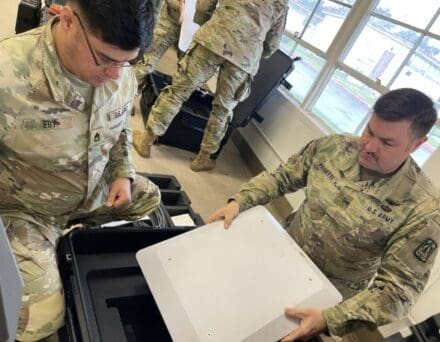
“SaaMS strengthens our primary, alternate, contingency, emergency (PACE) communications plan and network resiliency through redundancy,” said Lt Col. John “Chris” Acosta, deputy commander for the 11th CSB. “We can access diverse, geographically dispersed network providers. This could ensure communication even if specific regions face disruption.”
Further enhancing resiliency and ease of use, SaaMS allows for quicker signal rerouting and failover to alternate providers through the use of commercial auto-PACE software technology, minimizing downtime and mission impact, Acosta said.
Project Manager Tactical Network, assigned to the Program Executive Office Command, Control, Communications-Tactical, manages the SaaMS Pilot for the Army and expects to complete training and fielding the regional pilot units this spring. The intent of the pilot is not to create a separate SaaMS evaluation event, but to enable operational units to use the different service and equipment sets to best suit their individual needs and roll it into their existing training events through fiscal year 2024.
During the pilot, the Army will assess varying degrees of leased end-to-end service models, with tailorable features that include satellite terminals, bandwidth capacity, security compliance, logistics and repair, said Lt. Col. Mark Scott, product manager for Unified Network Capabilities and Integration — or PdM UNCI — assigned to Project Manager Tactical Network.
“As our adversaries strive to enhance their own network capabilities, agile procurement methods will be critical to U.S. forces in retaining technological overmatch on the battlefield, and it will enable us to more rapidly refresh units with dated equipment,” Scott said. “By leveraging commercial research and development, SaaMS could enable the Army to securely integrate emerging commercial capabilities into its SATCOM fleet at a much quicker pace and at less cost, compared to procuring capability through traditional methods with lengthy acquisition cycles.”
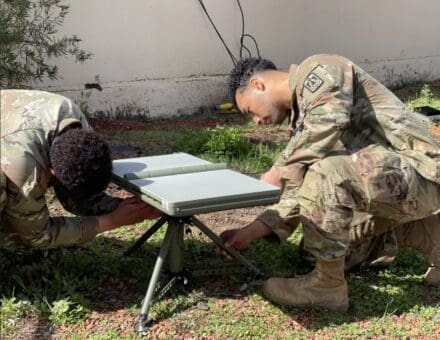
During the pilot, the Army will assess different scenarios, such as using SaaMS to provide a stop gap for maintenance issues due to obsolescence, or to rapidly deliver the “latest and greatest” in commercial technology to an Army National Guard unit prior to a deployment, said Seth Chouinard, PdM UNCI SaaMS project lead.
“If a unit that hasn’t deployed in several years and is then called up to support a mission, SaaMS becomes the solution for rapid equipment refresh,” Chouinard said. “When their deployment mission concludes, the unit can simply return the equipment back to the industry partner.”
If fielded to a National Guard joint force headquarters, SaaMS could also allow for quicker deployment for domestic response operations, said Cpt. Sam Stout, signal officer for the Virginia Army National Guard 29th Infantry Division, another of the pilot units.
“You can pack it into the back of a truck and roll it out with pretty much any of the communications packages we have now, versus our current large trailer-mounted satellite terminal,” Stout said. “With this [more expeditionary] satellite terminal, we could set up a response cell pretty much anywhere.”
Stout also noted that the commercial equipment is also easy to use and train, aiding in the Army’s network design goal to enhance simplicity at edge so Soldiers can focus on the fight.
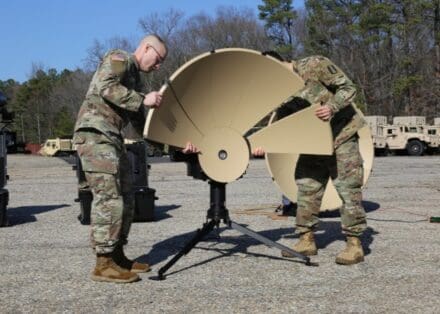
Alongside the pilot, the Army is accelerating the potential use of an “as a service” business model by concurrently leveraging lessons learned from other DOD efforts in the managed services realm, including those conducted by the U.S. Navy and Marine Corps.
Similarly, the Army is looking into the potential of leveraging a commercial “as a service” model for tactical radios as well, releasing a request for information to industry last month to gain further insight into such an effort. To further examine the pros and cons of the SaaMS model, the Army also leveraged John Hopkins University to conduct a SaaMS business case and cost analysis to aide in future lease-vs-buy decisions.
“[With SaaMS,] we can adjust the scope of technology adoption based on needs and budget, allowing us to test and evaluate new solutions before full-scale deployment,” Sullivan said. “[Additionally,] we only pay for what we use, eliminating costly unused capacity during low-intensity periods…and we eliminate the need to maintain and manage diverse communication equipment. This frees up resources for other mission-critical needs.”
By Amy Walker, Project Manager Tactical Network, PEO C3T, Public Affairs
